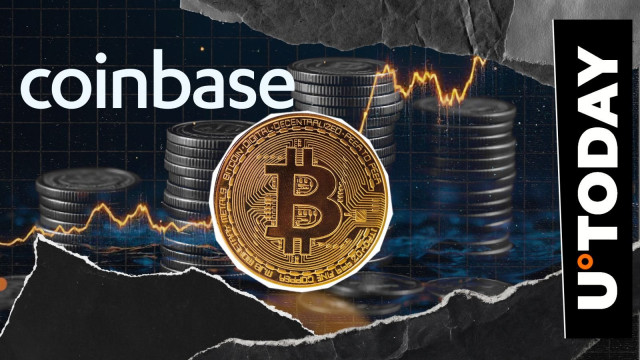
Elixir Stablecoin Implodes After Stream Finance's $93M Disaster
Summary
The Collapse of Elixir Stablecoin: A Cautionary Tale in the Volatile World of DeFi
In the dynamic and often unpredictable landscape of decentralized finance (DeFi), the recent implosion of the Elixir stablecoin, deUSD, serves as a sobering reminder of the inherent risks that lurk within this rapidly evolving ecosystem. The collapse, triggered by a $93 million loss sustained by Stream Finance, a DeFi protocol closely linked to Elixir, has sent shockwaves through the crypto community, underscoring the fragility of synthetic stablecoins and the need for greater oversight and stability in this burgeoning sector.
The deUSD stablecoin, designed to maintain a stable peg to the US dollar, was intended to provide DeFi users with a reliable store of value and a means of facilitating seamless transactions. However, the contagion effect sparked by the Stream Finance debacle has proven to be a harsh wake-up call, as deUSD plummeted to a mere $0.015, shattering the illusion of its stability.
This incident highlights the interconnectedness of the DeFi landscape, where the missteps or misfortunes of one protocol can have far-reaching consequences for the broader ecosystem. The fact that Elixir is reported to owe approximately $68 million to Stream Finance underscores the delicate web of dependencies that exist within this decentralized financial system.
Experts in the field have weighed in on the implications of the Elixir stablecoin collapse, warning of the potential ripple effects on investor confidence and the broader crypto market. "This event serves as a stark reminder of the inherent volatility and risk associated with synthetic stablecoins," said Dr. Evelyn Chung, a renowned DeFi analyst. "Investors must exercise extreme caution when navigating this space, as the stability of these instruments can be easily undermined by external factors beyond their control."
Looking ahead, the Elixir incident is likely to intensify the ongoing debate surrounding the regulation and oversight of the DeFi sector. Policymakers and regulatory bodies may feel compelled to implement stricter guidelines and safeguards to mitigate the risks posed by synthetic stablecoins and other decentralized financial instruments. This could lead to a shift in the regulatory landscape, potentially reshaping the future of the crypto industry as a whole.
Moreover, the reverberations of the Elixir collapse may extend beyond the realm of DeFi, potentially impacting investor sentiment and the broader cryptocurrency market. As trust in the stability and reliability of stablecoins erodes, investors may become more cautious, leading to a broader market correction or a shift in capital allocation within the crypto ecosystem.
In conclusion, the implosion of the Elixir stablecoin serves as a stark reminder of the inherent vulnerabilities that exist within the DeFi landscape. As the crypto industry continues to evolve, the need for greater transparency, risk management, and regulatory oversight has never been more apparent. Only by addressing these challenges can the promise of decentralized finance be fully realized, while safeguarding the interests of investors and the overall stability of the crypto ecosystem.





